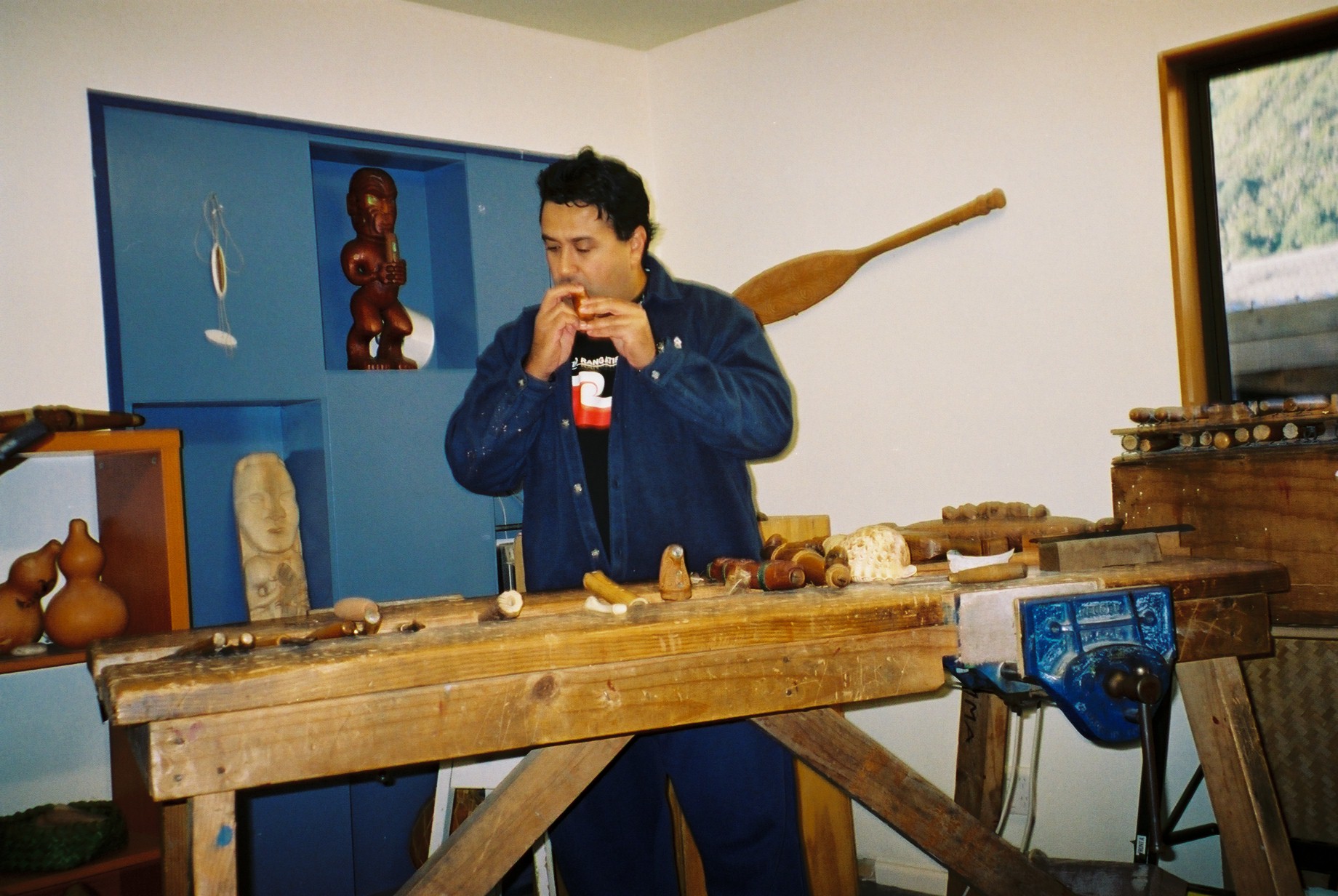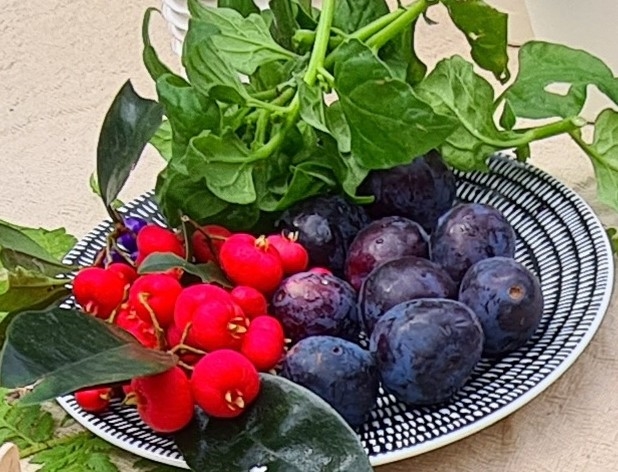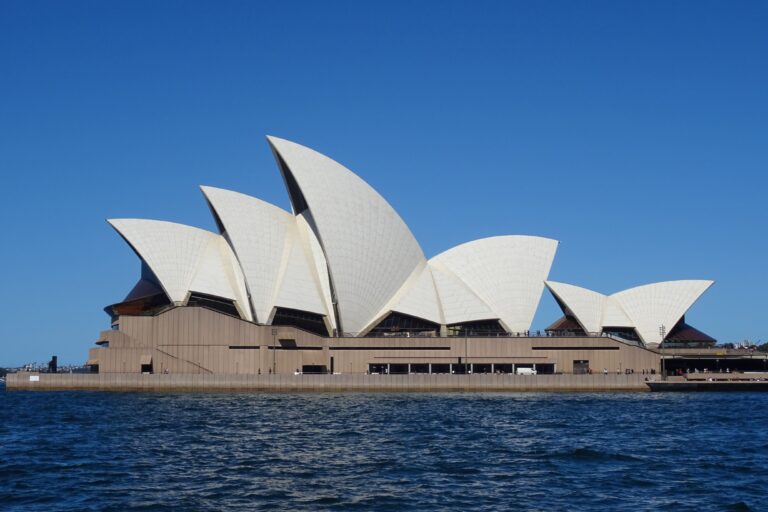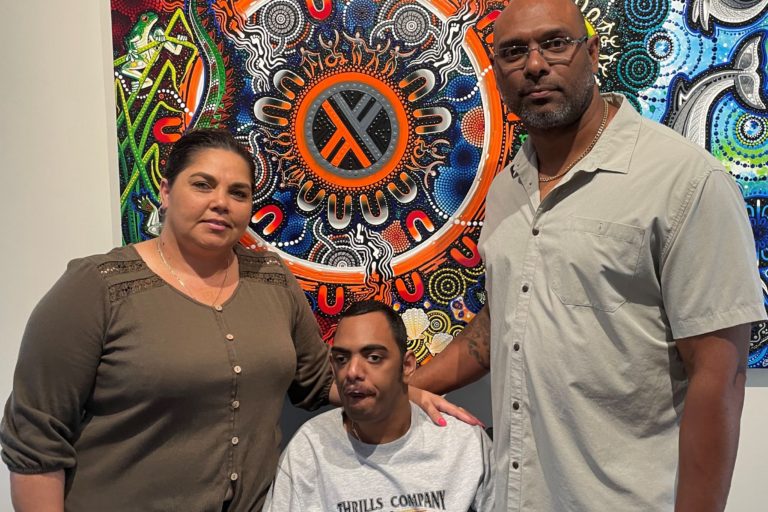By Neena Bhandari
Hawke’s Bay, 04.07.2005 (IPS): Atop the Te Mata peak, in freezing 6C weather, visitors to New Zealand are treated to a traditional Powhiri or Maori welcome ceremony.
The traditions and protocol of the Powhiri, which means venturing into the unknown and sharing information and knowledge, provide an insight into the unique and spiritual world of New Zealand’s indigenous people.
“The welcome ceremony is very important for us as it is the protocol for establishing a new relationship and renewing relationship with all the five senses – sight, hearing, smell, touch and taste,” says Lilian Hetet-Owen of Maori Treasures, near Wellington.
More than 130 years ago the Tangata Whenua, or the original Maori people of the land, began guiding visitors to the snow-capped peaks, the lush green undulating terrain, crystal-clear rivers and geothermal hot spots of this land.
Today a new generation of Maori are leading over 2.3 million overseas travellers through Aotearoa or the Land of the Long White Cloud, the Maori name for New Zealand, as forest, rafting and fishing guides, entertainers and artists, hosts of Marae (meeting places) and transportation operators.
Elders Tony Mako and Tom Mulligan complete the Powhiri ceremony with a hongi or pressing of noses, an acknowledgement that the two people share the same air, and touching foreheads, to signify they share the same knowledge. From this moment a visitor becomes Tangata Whenua and enjoys the rights and obligations that go with the status.
Since 2000, when the New Zealand Tourism Board launched its 10-year strategy to put a Maori component into tourism, an increasing numbers of Maori regional tourism groups and operators are exploiting the demand for authentic traditional cultural products and services.
“Marae is still the main focus of the Maori community. Besides, organising health clinics, genealogy meetings and providing education and aged care here, we are using (meeting places) to tell visitors our stories,” says Tom Mulligan, chairperson of Te Taiwhenua O Heretaunga Trust, a conglomeration of 17 Marae with 16,000 people.
“Having tourists on the Marae helps create understanding of our culture and environment and at the same time it is proving economically beneficial for our community,” he adds.
Visitors and locals are welcomed separately. The locals enter from the left door, visitors from the right. Shoes are taken off outside, as entering the Marae symbolises entering the bosom of Maori ancestors.
A Marae is painted mostly in red, black and white, but spread over five acres the Matahiwi Marae, one of the oldest in the region, is green, depicting growth. Its carvings record the stories of the mythical chief Maui, his family and their values, which are still followed today.
“We are encouraging visitors as tourism has been a catalyst in preserving our culture and engendering a sense of pride in young Maori, who are learning history, legends, language, music and arts,” says Mulligan.
Until 1980, Maori children could not speak their mother tongue in school for fear of being punished. Today, visitors find integration of Maori words in the English language, creating a uniquely New Zealand English. A national Maori television channel was launched 18 months ago.
The essence of traditional Maori stories is manifested even in contemporary art, as carver and musician Darren Ward demonstrated to a keen group of tourists, explaining various kinds of wood instruments, their sounds and uses at celebrations and ceremonies to mark child birth, marriage, funerals and other events.

An instrument made of Kauri wood was played on the stomach of an expectant mother, its vibrations said to relax the child and mother. “Where there is artistic excellence, there is human dignity. Some instruments can be played in three different ways and have a complex methodology,” said Ward.
According to the 2001 census, one in seven New Zealanders are Maori, meaning the indigenous people make up 15 per cent of the country’s population of four million people. In the past decade, Maori numbers have grown by 21 per cent.
That growth might be the reason for an increasing debate on renaming the Queen’s birthday weekend as Matariki or the Maori New Year holiday, as both fall in late May-early June.
To early Maori the group of seven stars, Pleiades, was known as Matariki, and their appearance in the southern hemisphere signalled the New Year. The Maori also looked to the stars to calculate time, seasons and navigate oceans.
Traditionally, Matariki was a time to pause, reflect and give thanks as the natural world regenerated. It also heralded another season and was marked with ritual singing and feasting. The gathered families and tribes also weaved, carved and prepared food.
“These seven stars are beyond cultural boundaries and have significance in many other cultures around the world. Celebrating the Maori new year brings together the two cultures – Pakeha (European settlers) and Maori, which are sometimes divisive,” according to Gary Sparks, director of the Hawke’s Bay Hold Planetarium in Napier.
The revival of Matariki traditions reflects a more general renaissance in Maori culture, with tourism being used to preserve and promote the culture and create a more prosperous future for the Maori, their whanau (family), and iwi (tribes).
The first renaissance began in the 1930s, when a doctor and parliamentarian introduced Maori arts and culture legislation to retain tradition. “Since the 1970s, there is pride and something positive about being a Maori. There are even parallel Maori universities now,” explains Hetet-Owen.
Music and dance, a vital part of Maori culture, are a big attraction for tourists. The well-known Maori haka is a fierce dance-chant that has become internationally recognised among sports fans who follow New Zealand’s national rugby team, the All Blacks.

“All Maoris are musically inclined and are making the most of this new found recognition of their talent,” says violin virtuoso Elena of the Ngati Kahununu tribe, who has been playing the violin since she was seven years old, thanks to her Dutch stepfather’s encouragement.
However, she says that during her childhood she was ostracised by Maoris for playing a European instrument and rejected by Europeans for being a Maori.
Groups like the Maori Dance Theatre of New Zealand, set up in 1983 to gain self-determination through cultural development, are now touring and performing the world over. As Te Rangi Huata, projects manager of the theatre, says, “We will be taking a group to perform at various schools in India later this year.”
Both on New Zealand’s north and south islands, Maori cultural tourism is gaining momentum. “Through tourism and other progressive policies, we are making sure Maori get into mainstream statistics,” declares Lawrence Yule, Mayor of Hastings, who predicts that within 30 years, 50 per cent of New Zealanders will have Maori blood as a result of cross marriages.
© Copyright Neena Bhandari. All rights reserved. Republication, copying or using information from neenabhandari.com content is expressly prohibited without the permission of the writer and the media outlet syndicating or publishing the article.



